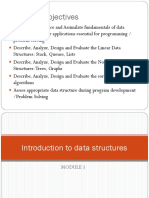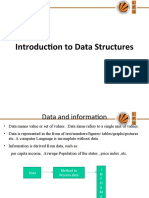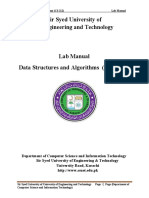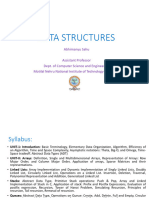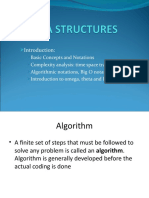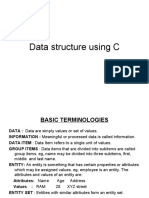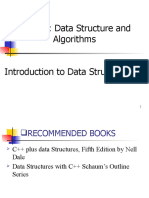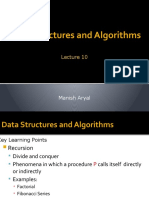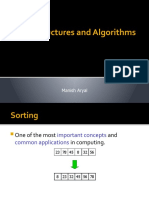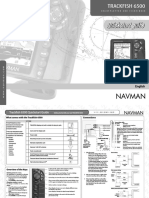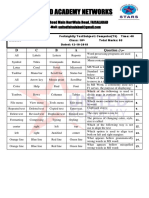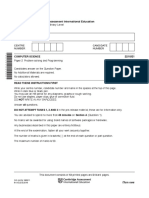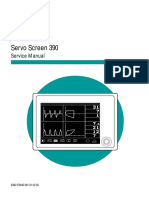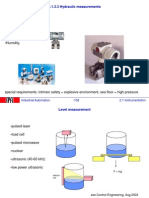0% found this document useful (0 votes)
305 views33 pagesDSA Chapter 01 (Comcepts of Data Structure)
This document discusses an introduction to data structures and algorithms course. It includes an overview of the course evaluation scheme, objectives, books and references, and concepts like data structures, algorithms, and operations on data structures. Specifically, it covers types of data structures, common operations like traversing, searching, inserting and deleting. It also provides examples of pseudocode for algorithms.
Uploaded by
Razan SthaCopyright
© © All Rights Reserved
We take content rights seriously. If you suspect this is your content, claim it here.
Available Formats
Download as PPTX, PDF, TXT or read online on Scribd
0% found this document useful (0 votes)
305 views33 pagesDSA Chapter 01 (Comcepts of Data Structure)
This document discusses an introduction to data structures and algorithms course. It includes an overview of the course evaluation scheme, objectives, books and references, and concepts like data structures, algorithms, and operations on data structures. Specifically, it covers types of data structures, common operations like traversing, searching, inserting and deleting. It also provides examples of pseudocode for algorithms.
Uploaded by
Razan SthaCopyright
© © All Rights Reserved
We take content rights seriously. If you suspect this is your content, claim it here.
Available Formats
Download as PPTX, PDF, TXT or read online on Scribd
/ 33





